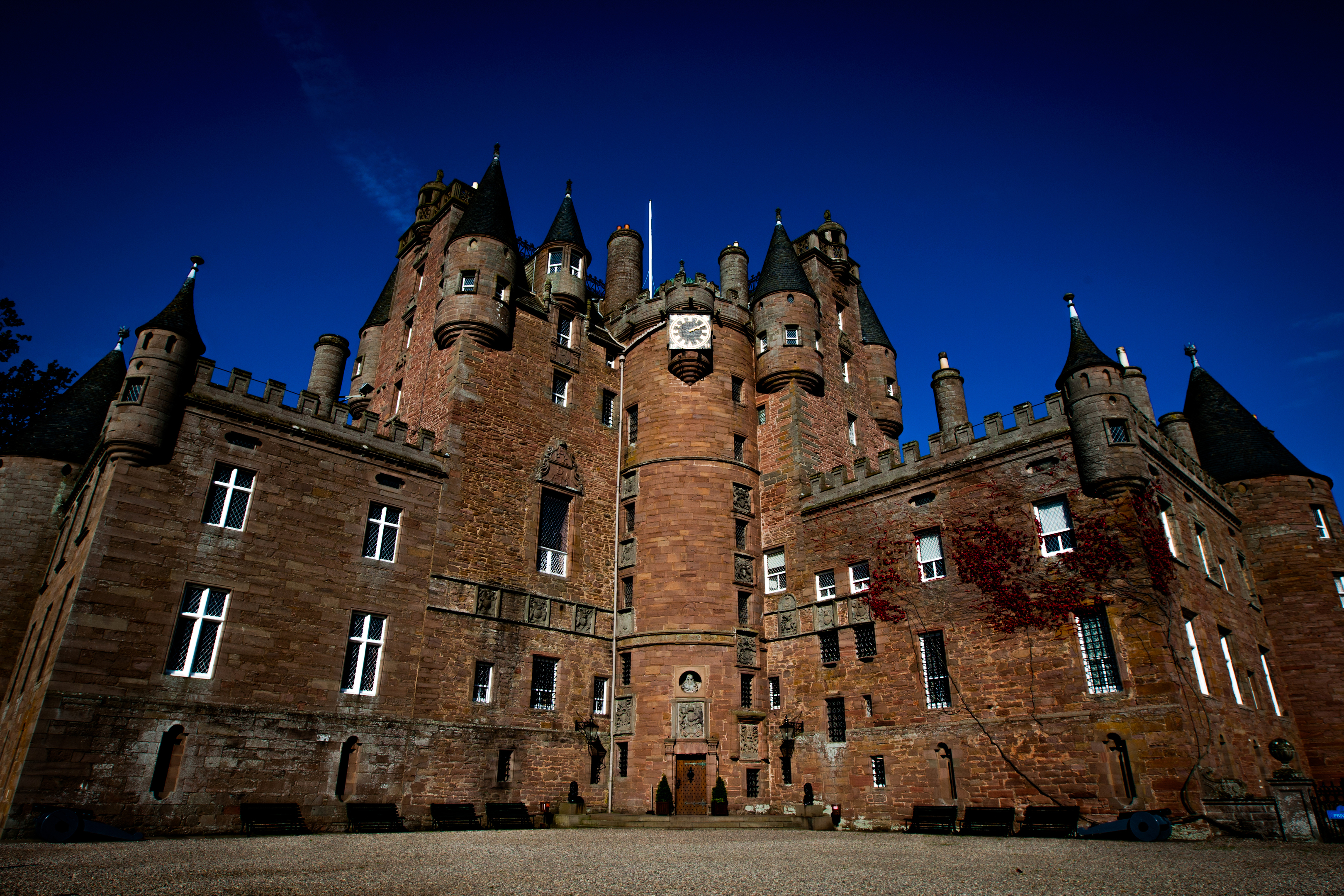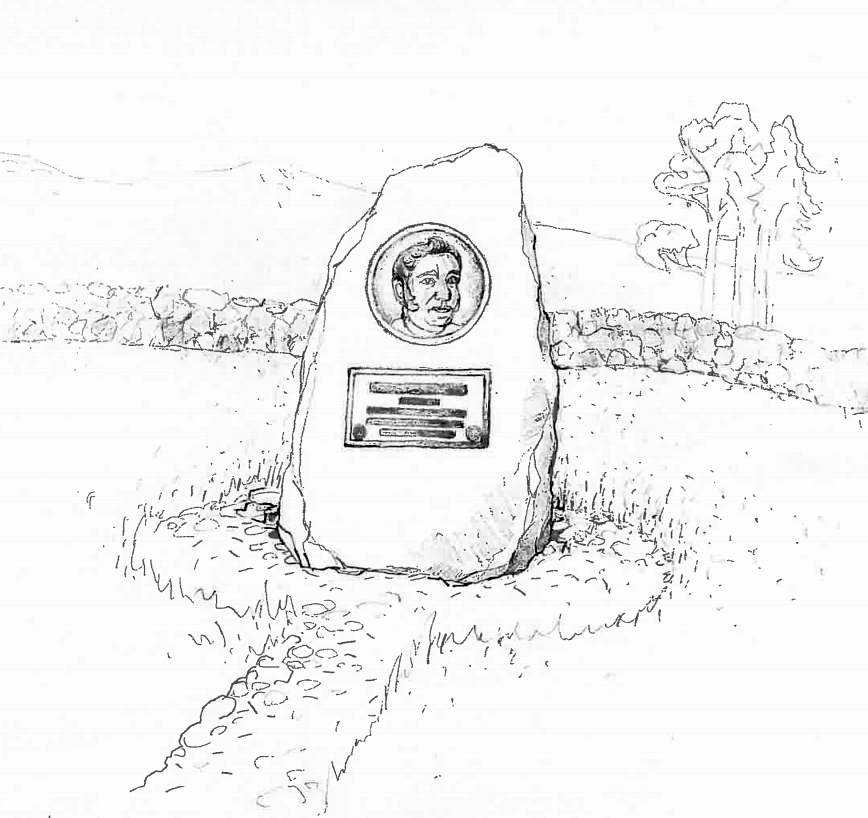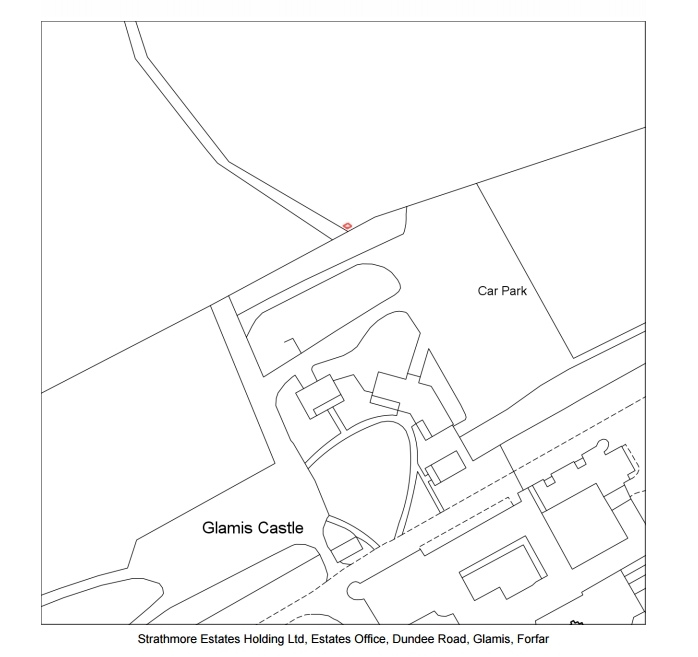The founder of the world’s most successful beef breed is to be honoured with a memorial at Glamis Castle.
Hugh Watson began farming Aberdeen-Angus cattle in the 19th Century near Newtyle, starting a bloodline that has a reputation for its quality and character.
The Aberdeen-Angus Cattle Society, which champions the breed across the UK and Ireland from its base in Perth, has plans to build a granite memorial to Watson in the shadow of 14th-century Glamis Castle.
Watson was a tenant farmer on the Strathmore estate, and his legacy has a “connection” with Glamis, the earls and countesses of Strathmore, and farming in the area.
The stone will be sited at the start of the popular nature walk from the castle to the Dean Water, with early sketches commissioned from Duncan of Jordanstone graduate Roddy Mathieson of Mobile Foundry.
Tommy Baxter, general manager of Glamis Castle, said the granite stone will be “right where everyone can see” when they visit the castle.
The castle, where the late Queen Mother spent much of her childhood, was home to the 13th and 14th earls of Strathmore when the breed first became known.
“There’s always been a connection with Glamis,” he said.
“The Queen Mother’s grandfather and father were great lovers of the countryside, farming and forestry.
“A new breed of cattle would have been very exciting.”
Following in the footsteps of his grandmother, Prince Charles is the society’s patron and has a successful Aberdeen-Angus herd at Highgrove.
Watson became the tenant of Keillor Farm in 1808 and gathered stock widely from the polled, black cattle of north-east Scotland, called “doddies” and “hummlies”.
The breed’s reputation was cemented by the close breeding of Keillor bloodlines by William McCombie at Tillyfour, Aberdeenshire from 1824.
Sir George Macpherson-Grant returned to his inherited estate at Ballindalloch, on the River Spey, from Oxford in 1861 and took up the refining of the breed that was to be his life’s work for almost 50 years.
A spokesman for the society said: “By line breeding and selection for type, these early pioneers established the foundation for what is unarguably the greatest beef breed in the world.”
Council officers are expected to make a decision on a planning application by January 27.












